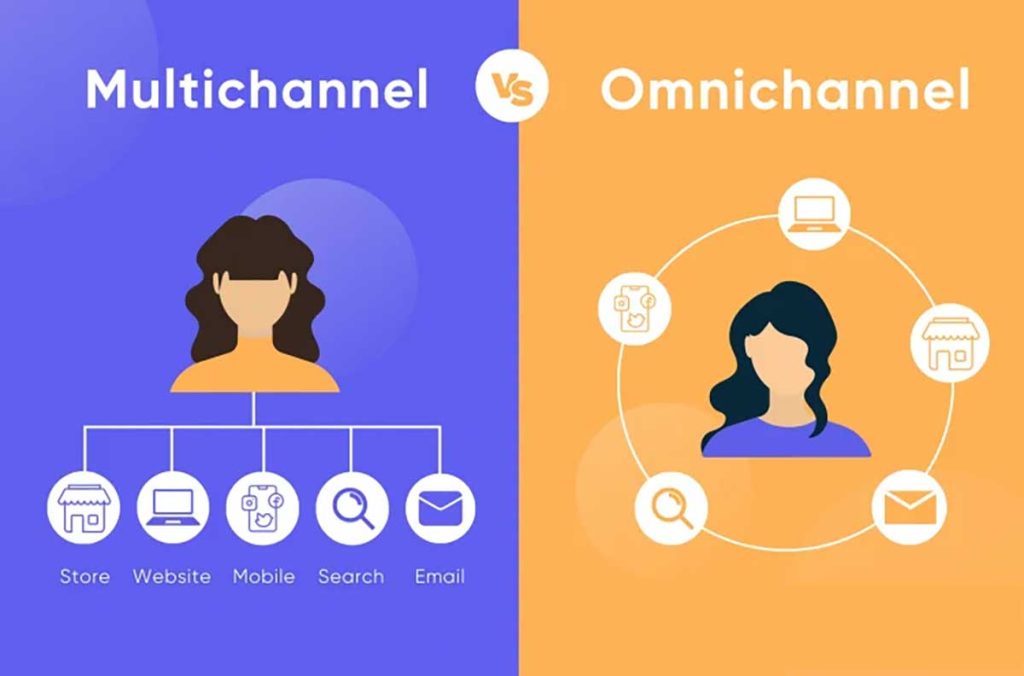AI is revolutionizing sales, equipping teams with smarter tools to close deals faster and engage customers more effectively. In this guide, discover how to tackle bottlenecks, boost productivity, and personalize outreach through AI-powered strategies tailored to business leaders’ goals.
With practical examples and proven results, you’ll learn how to assess your current sales process, adopt targeted solutions, and scale innovation across your team. Empower your organization to stay ahead of the competition and achieve measurable, people-focused outcomes with the transformative power of AI.
1. Assess current sales processes and identify needs and problems
Before introducing AI, it’s critical to understand where your sales processes stand today. Identifying pain points and bottlenecks ensures that AI solutions are targeted for maximum impact. Ask yourself:
- Where are deals getting stuck in the sales funnel?
- Are sales reps bogged down by repetitive administrative tasks?
- Is your team effectively leveraging customer data to personalize outreach?
- Are conversion rates lower than they should be?
Pro Tip: Use an AI readiness framework to uncover gaps in your sales process and pinpoint the specific areas where AI can make the most impact.
AI can address common challenges like:
- Lead Generation and Qualification: AI tools can analyze massive datasets to identify high-quality leads and prioritize prospects with the greatest potential.
- Sales Forecasting: AI-powered predictive analytics offer unparalleled accuracy in forecasting sales trends, enabling smarter resource allocation.
- Personalized Customer Interactions: Machine learning algorithms help tailor communication to individual customer preferences, boosting engagement and loyalty.
Use Case: A financial services company leveraged AI to analyze customer behavior and identify leads in their CRM who were more likely to convert based on sales rep. and marketing engagement and transaction history. This resulted in a 25% increase in lead qualification efficiency and shortened the sales cycle by 15%.
By starting with a clear understanding of your challenges, you’ll ensure that AI delivers the results you need.
2. Start small with targeted AI tools
AI adoption doesn’t need to be overwhelming. In fact, starting small with focused tools ensures your team can adapt and see measurable results quickly. Here are a few impactful solutions:
- AI-Powered CRMs: Platforms like HubSpot and Salesforce streamline data entry, track customer interactions, and offer actionable insights to optimize your sales process.
- Sales Automation Tools: Chatbots powered by conversational AI can handle initial outreach, schedule follow-ups, and qualify leads, freeing your reps to focus on closing deals.
- Predictive Analytics: Tools like Gong.io analyze historical data to predict trends and identify opportunities, enabling better decision-making.
Use Case: A retail company adopted a conversational AI chatbot for its website. The chatbot engaged visitors, answered queries, and qualified leads in real time. Within three months, the company saw a 40% increase in lead generation and freed up 30% of their sales reps’ time for high-value tasks.
Starting small allows sales teams to get comfortable with AI while avoiding disruptions to their workflows. Once you see measurable results, you can scale AI adoption incrementally.
3. Drive adoption across your sales team
Even the most powerful AI tools won’t drive results if your team isn’t on board. Successful implementation hinges on education, support, and fostering a culture of innovation.
Here’s how to drive adoption:
- Provide Training: Equip your sales reps with the skills and confidence they need to use AI effectively.
- Address Resistance: Show how AI complements their skills, helping them close deals faster and focus on high-value activities.
- Offer Ongoing Support: Ensure your team has access to FAQs, training materials, and responsive technical support.
- Lead by Example: Demonstrate AI’s value by actively using the tools yourself.
Use Case: A construction company introduced predictive analytics to its sales strategy. Sales leaders trained their team to use AI-generated insights to prioritize bids with the highest likelihood of success. This led to a 20% improvement in close rates and reduced the time spent on low-probability deals by 35%.
When sales reps see how AI enhances their work rather than replaces it, they’re more likely to embrace the technology wholeheartedly.
4. Measure success and optimize
AI integration isn’t a one-and-done process—it requires continuous improvement. Tracking key performance indicators (KPIs) allows you to monitor progress and identify areas for further optimization. Consider metrics like:
- Lead Conversion Rates: How many leads are becoming paying customers?
- Sales Cycle Length: Are deals closing faster?
- Customer Satisfaction Scores: Is customer experience improving?
- Rep Productivity: How much time is freed up for high-value activities?
Pro Tip: Use industry benchmarks to compare your performance metrics and identify gaps where AI tools can provide additional improvements.
By analyzing these KPIs, you can make data-driven adjustments to refine your sales strategy and maximize the impact of your AI tools. Remember, successful AI adoption is an iterative process that evolves as your sales needs grow and change.
5. Look Ahead: The future of artificial intelligence in Sales
I is evolving rapidly, and the tools available today are just the beginning. In the future, we can expect even more advanced capabilities such as:
- Hyper-Personalization: AI will use real-time data to craft tailored sales strategies for individual customers, going beyond segmentation to true one-to-one personalization.
- Enhanced Predictive Capabilities: Machine learning models will become even more accurate, predicting not just sales trends but also the ideal timing and approach for outreach.
- AI-Powered Sales Coaching: AI will analyze sales calls and performance in real time, providing actionable feedback to reps to improve their techniques and close rates.
Emerging Trend: Conversational AI is expected to evolve into virtual sales assistants that can manage entire customer journeys, from first contact to deal closure, without human intervention. By staying ahead of these trends, businesses can maintain a competitive edge and continually refine their sales strategies.
The bottom line
Adopting AI for sales is about more than technology—it’s about empowering your team to achieve more, faster. By assessing your needs, starting small, driving adoption, and optimizing continuously, you can position your sales organization for success in the new year and beyond.
Embrace AI as a tool to not only boost efficiency but also foster deeper customer relationships and make smarter business decisions. The future of sales is here, and it’s powered by AI.
Ready to take the next step? Begin by evaluating your current processes and identifying the key areas where AI can make the biggest impact. From there, the possibilities are endless.



